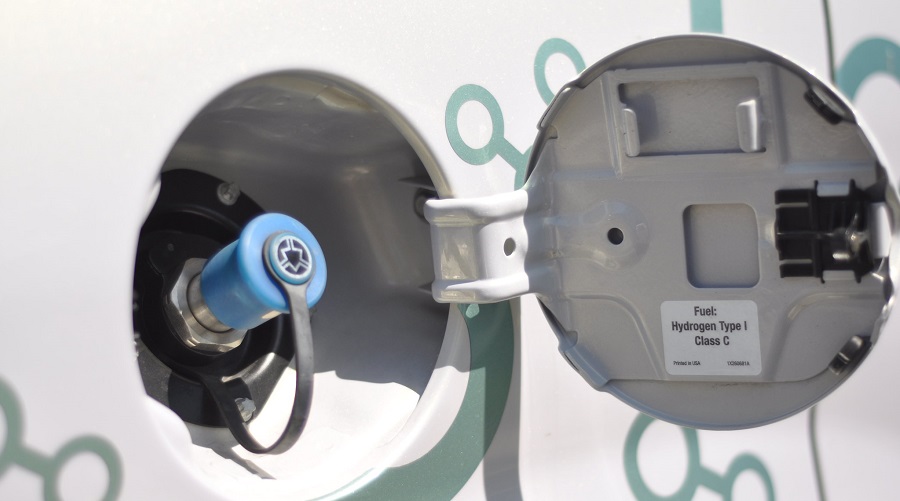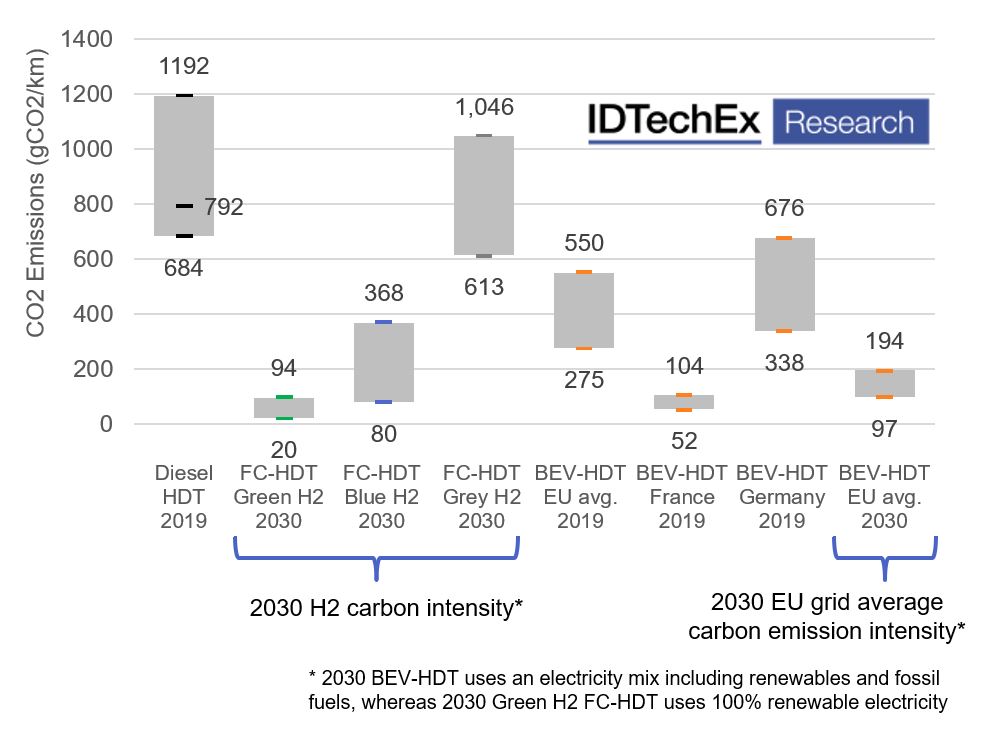
A new report by IDTechEx forecasts the market value of on-road fuel cell vehicles will grow to $160 billion by 2042 at a compound annual growth rate of 23.9% over a 20-year forecast period.
“Major automotive markets including Japan, Korea, China, Germany, and California are planning for the significant deployment of fuel cell vehicles (FCEV),” the report reads.
“Germany has already built around 100 hydrogen refuelling stations (HRS), offering a capacity to support 40,000 passenger cars, though their current fleet is less than 1,000. Germany is providing a testbed for FCEV in Europe and will challenge the assertion that the lack of hydrogen infrastructure is to blame for the lack of FCEV uptake. Relatively small fleets of heavy-duty FCEV could provide sufficient hydrogen demand to viably operate an HRS.”
According to the market analyst, the growing interest in the technology is due to the fact that incorporating a fuel cell into an electric vehicle powertrain, generating electricity from hydrogen, offers a pathway that delivers the critical reduction in on-road exhaust emissions whilst overcoming the potential range and charging limitations of battery electric vehicles (BEVs).
“The race to decarbonize on-road vehicles is undoubtedly being led by BEVs, however serious concern remains around whether BEV solutions can deliver the necessary duty cycle for those use cases that require significant range, brief downtime, and high operational flexibility. For example, long-haul trucking and high mileage city bus operations,”says IDTechEx.
The experts explain that in such long-haul applications, a huge 500+ kWh battery will be required to reliably deliver 350+ kilometres of range on a single charge, but full recharging, even with 350kW ultra-fast chargers, will take hours. This becomes an even greater challenge in a depot situation, where megawatts of power are required.
“Hyundai’s XCIENT fuel cell heavy-duty truck delivers ~400km of range, with a 73kWh Li-ion battery and hydrogen fuel cell system, requiring less than 20 minutes to refuel,” the review states. “The growing momentum pushing a rapid transition to zero-emission vehicles, combined with a genuine need for range comparable to diesel powertrains and quick refuelling, means massive automotive players like Toyota, Hyundai, GM, and Daimler are continuing to pump millions into improving fuel cell system technology and bringing down costs.”

In the market researcher’s view, the value proposition for fuel cell trucks and buses is stronger than that of cars and, thus, there is no expectation that fuel cell cars to be a commercial success comparative to battery-electric ones.
However, the report emphasizes that the scale of the car market and substantial support for the development of a wider hydrogen economy by governments and companies in key regions mean that, in 2042, 60.3% of on-road FCEV market revenue will be from the passenger car market.
“Fuel cell makers will benefit from the volume of the car market to drive down costs for other sectors where the technology is more critical,” the dossier reads.
And precisely, costs are the Achilles’ heel of fuel cell vehicles. In IDTechEx’s view, system components need to go down in price in order to reduce the upfront vehicle cost, while rolling out sufficient hydrogen refuelling infrastructure to make driving an FCEV viable.
Another challenge the technology has to address is related to the availability of cheap green hydrogen produced by the electrolysis of water using renewable electricity, as opposed to cheap grey hydrogen generated from fossil fuels. For the analyst, this will be vital to FCEVs delivering the environmental credentials on which they are being sold.